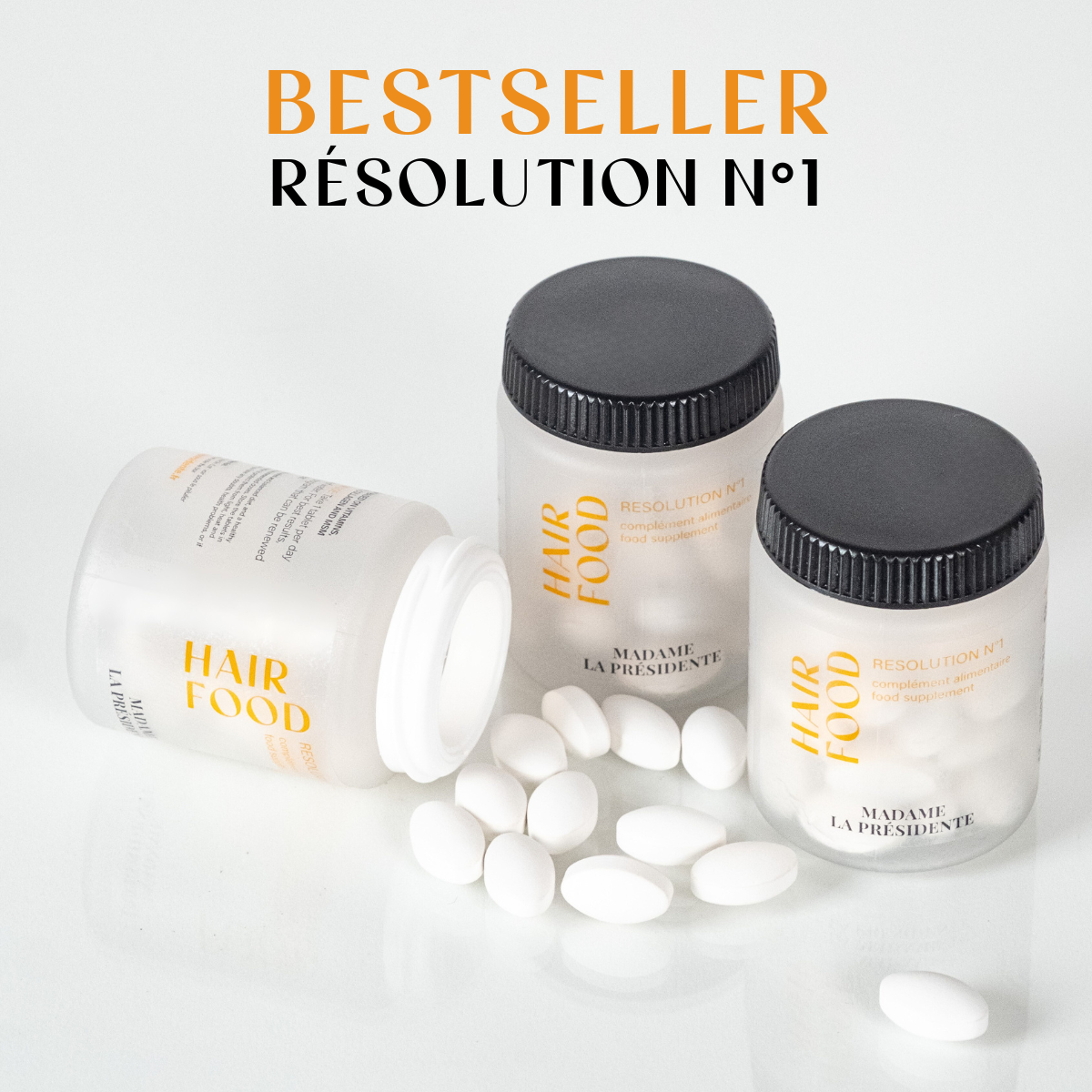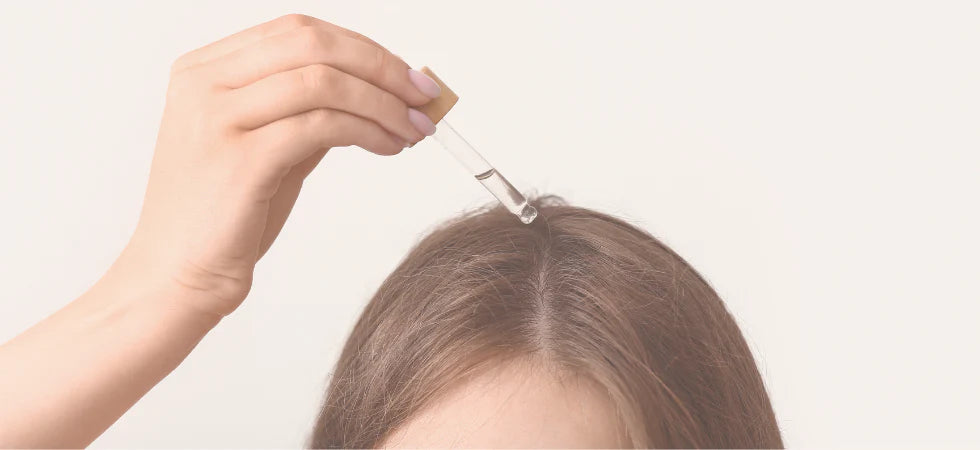Minoxidil is recognized as an effective treatment for hair loss, particularly in cases of androgenic alopecia, a hereditary form of baldness affecting both men and women. However, despite its effectiveness, this medication can cause various side effects and adverse reactions. It is therefore crucial to fully understand its risks before using it, by consulting the package insert and, if necessary, a doctor or pharmacist.
In this article, we explore the side effects of Minoxidil, possible alternatives, and important information to know before starting this treatment.
What is Minoxidil?
Minoxidil is a medication initially developed to treat high blood pressure. When taken orally, it acts as a vasodilator to lower blood pressure. However, an unexpected side effect was observed during its use: hair growth. As a result, minoxidil has become a widely used topical treatment for hair regrowth.
Common Uses of Minoxidil
Today, minoxidil is a medication primarily prescribed to combat hair loss and treat hereditary forms of baldness, such as androgenic alopecia, in both women and men. It is available as a lotion or foam, with concentrations of 2% and 5%, depending on the product and the patient's needs. The more concentrated versions, such as the 5%, are generally intended for men, while the 2% versions are often recommended for women.
Apart from treating baldness, it is also used in certain hair conditions such as alopecia areata, an autoimmune disease that causes patchy hair loss.
How Does Minoxidil Work?
The exact mechanism by which minoxidil stimulates hair growth is not yet fully understood, but it is believed to work by widening the blood vessels in the scalp, thereby increasing the supply of oxygen, nutrients, and blood to the hair follicles. This stimulates and helps hairs in the resting phase to enter the active growth phase, which helps to strengthen and thicken the hair.
However, hair regrowth is only maintained as long as the user continues to apply the product. If application is stopped, hair loss will resume.

Common Side Effects of Minoxidil
Like any drug treatment, the use of minoxidil can be accompanied by undesirable effects, particularly when applied to the scalp. The most common side effects are related to the topical nature of the product.
Irritation : Most minoxidil users report scalp irritation, including redness, itching, and burning sensations. This may be due to components of the solution, such as alcohol or propylene glycol, present in some formulas.
Dryness and flaking : Due to its formulation, minoxidil can dry out the scalp, causing dandruff or a progression of visible dry patches.
-
Unwanted hair growth : Some users may notice hair growth on unwanted body parts, particularly the face, cheeks, or forehead, where the solution may have accidentally spread during application. This is usually temporary and disappears after discontinuing treatment.
Temporary hair loss : It is not uncommon for users to experience increased hair loss in the first few weeks or months of treatment. This is due to the stimulation of hair follicles, which causes resting hairs to shed in order to make way for new growth.
Skin reactions : Some people may develop more serious skin reactions, such as rashes, swelling, or increased sensitivity of the scalp. These reactions may be due to an intolerance to certain components of the product.
If these symptoms persist or worsen, it is recommended to see a doctor or pharmacist to adjust or discontinue treatment.
These side effects are usually temporary and often resolve on their own over time or with adjustments in how the product is applied.
Less Frequent but Serious Side Effects
Although rare, some minoxidil users may experience more serious side effects, which, depending on their severity, require immediate medical attention.
These effects can occur especially if an excessive amount of medication is absorbed by the body. It is important to consult a doctor if serious symptoms appear. But what exactly are the side effects?
-
Allergic reactions : Some users may develop severe allergic reactions to the product, resulting in skin rashes, swelling, difficulty breathing, or even heart palpitations.
Dizziness and headaches : In some cases, absorption of minoxidil through the skin can cause headaches, dizziness, or fainting after application. This is because minoxidil is primarily a vasodilator used to lower blood pressure.
Tachycardia : An increased heart rate may occur in some users due to the vasodilatory effect of minoxidil. This may be a sign that the medication is affecting more than just the scalp and penetrating too deeply into the body.
-
Chest pain : Chest pain is a serious side effect that requires immediate medical attention. It may indicate that the medication has affected the heart, especially if the person has a history of heart problems.
If you experience any of these serious symptoms, it is imperative to consult a doctor before continuing treatment.
Scalp massage : Regular massage can stimulate blood circulation and strengthen hair follicles, while reducing stress levels, which are sometimes linked to hair loss.
Dietary changes : Adopting a nutrient-rich diet and a balanced lifestyle, especially rich in iron, zinc, B vitamins, and protein, can help improve overall hair health.
For those seeking gentler alternatives to chemical treatments, choosing the best anti-hair loss shampoos can also be a complementary solution to combat hair loss in a more natural way.
These natural solutions, although less aggressive, can be effective in the long term and reduce the risk of adverse effects.
In summary, minoxidil is an effective treatment and active ingredient to combat hair loss, but it is essential to understand the potential side effects and risks before starting this treatment.
If you are considering using it, be sure to consult a doctor to assess whether this treatment is suitable for your specific situation or to receive advice. For those who prefer to avoid these medications, several natural treatments exist and can be considered as complementary or alternative solutions to improve the health of your hair while avoiding the risk of hair loss.

Alternative and Natural Solutions to Minoxidil and Solution for Application
For those concerned about the side effects of minoxidil or looking to avoid risks, there are more natural alternatives for combating hair loss. Using hair supplements , particularly hair growth gummies , can provide essential support for strengthening and nourishing hair.
Although results may vary, these methods can offer a gentler, chemical-free alternative to promote hair growth.
-
Castor oil : Known for its nourishing properties, castor oil has been used for centuries to promote hair growth and care. Rich in omega-9 fatty acids, it moisturizes the scalp and stimulates hair follicles.
Rosemary or peppermint : These oils are known to improve blood circulation and nourish hair follicles. Regular use of these oils in scalp massages can promote natural regeneration.
They are often compared to minoxidil in terms of effectiveness, but without the same side effects.-
Biotin : This dietary supplement is often used to strengthen hair and nails. Biotin is particularly recommended in cases of hair loss due to vitamin deficiency.
Scalp massage : Regular massage can stimulate blood circulation and strengthen hair follicles, while reducing stress levels, which are sometimes linked to hair loss.
Dietary changes : Adopting a nutrient-rich diet and a balanced lifestyle, especially rich in iron, zinc, B vitamins, and protein, can help improve overall hair health.
For those seeking gentler alternatives to chemical treatments, choosing the best anti-hair loss shampoos can also be a complementary solution to combat hair loss in a more natural way.
These natural solutions, although less aggressive, can be effective in the long term and reduce the risk of adverse effects.
In summary, minoxidil is an effective treatment and active ingredient to combat hair loss, but it is essential to understand the potential side effects and risks before starting this treatment.
If you are considering using it, be sure to consult a doctor to assess whether this treatment is suitable for your specific situation or to receive advice. For those who prefer to avoid these medications, several natural treatments exist and can be considered as complementary or alternative solutions to improve the health of your hair while avoiding the risk of hair loss.
What are the disadvantages of Minoxidil?
The main drawbacks of Minoxidil include side effects such as irritation, unwanted hair growth on other parts of the body, and the need for continuous application to maintain results. Additionally, there is a risk of developing more serious side effects, including heart problems in some sensitive individuals.
When should you stop taking Minoxidil?
It is recommended to stop treatment if you experience serious side effects, such as chest pain, dizziness, or allergic reactions. It is also important to consult a doctor or pharmacist with any questions or to discuss alternative treatments and obtain information, especially if you are undergoing any specific treatment.
Can Minoxidil cause changes in the skin or hair?
Yes, minoxidil can cause skin changes, including dryness and scalp irritation. Regarding hair, it can induce hair loss at the beginning of treatment, before stimulating regrowth. Unwanted hair growth may also appear on other parts of the body if applied incorrectly.


